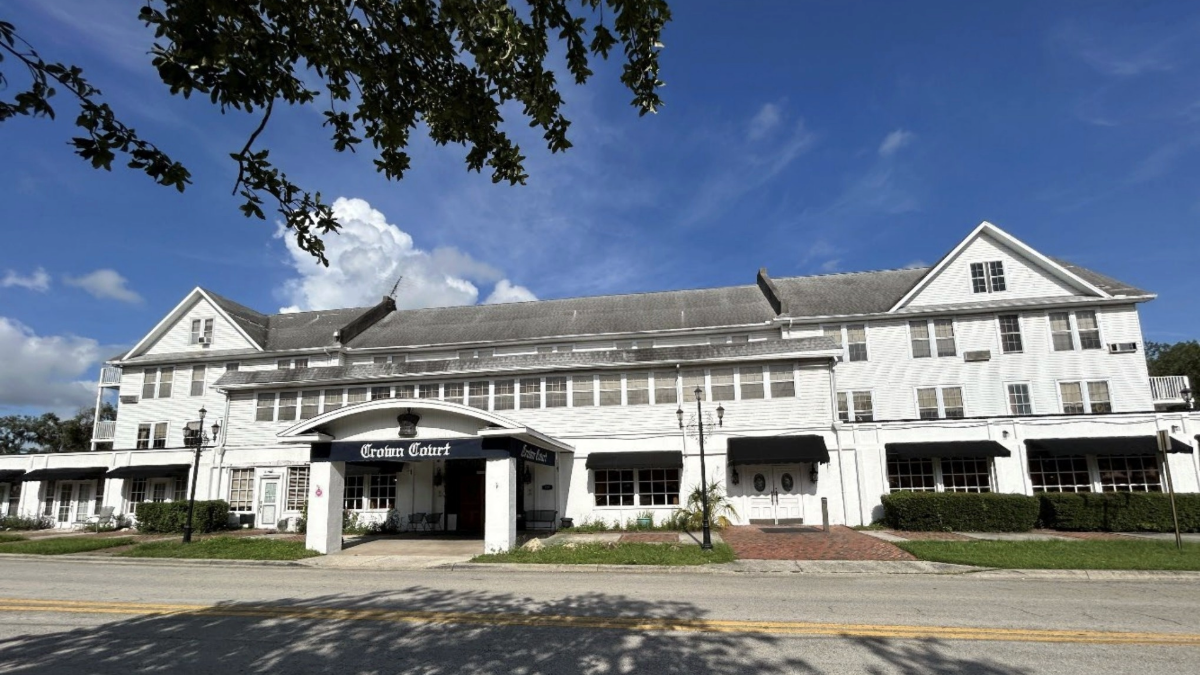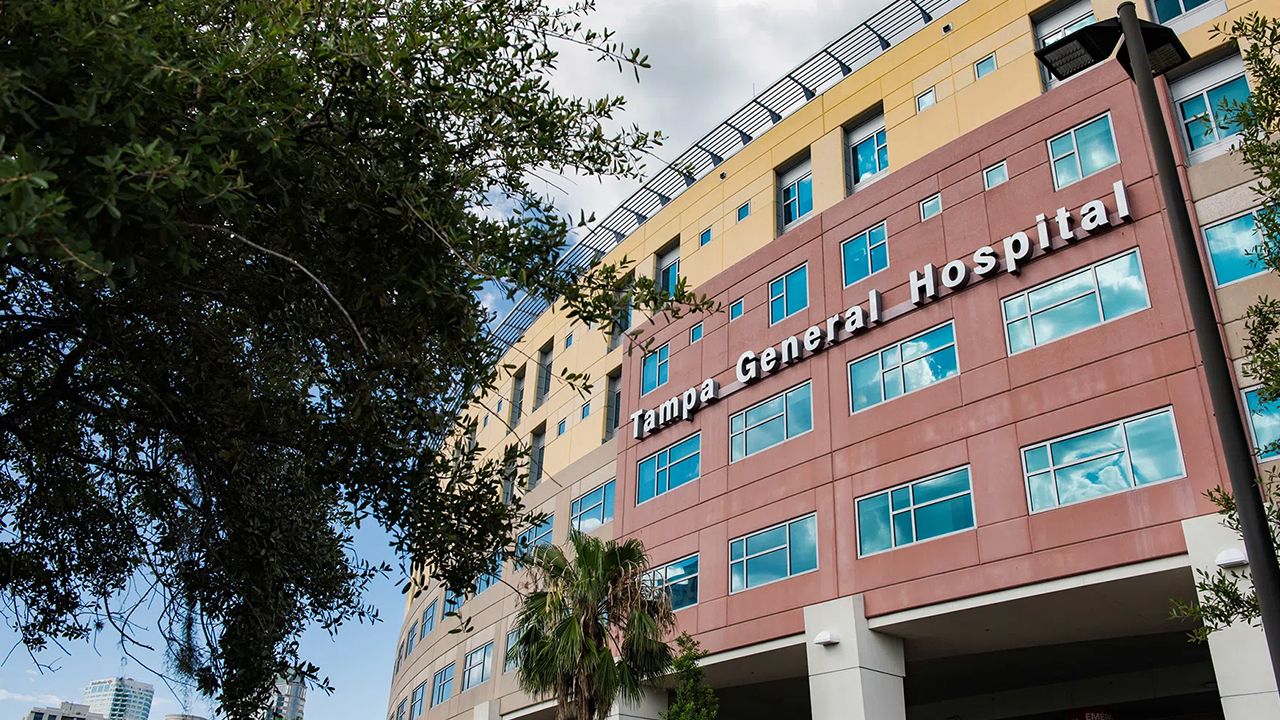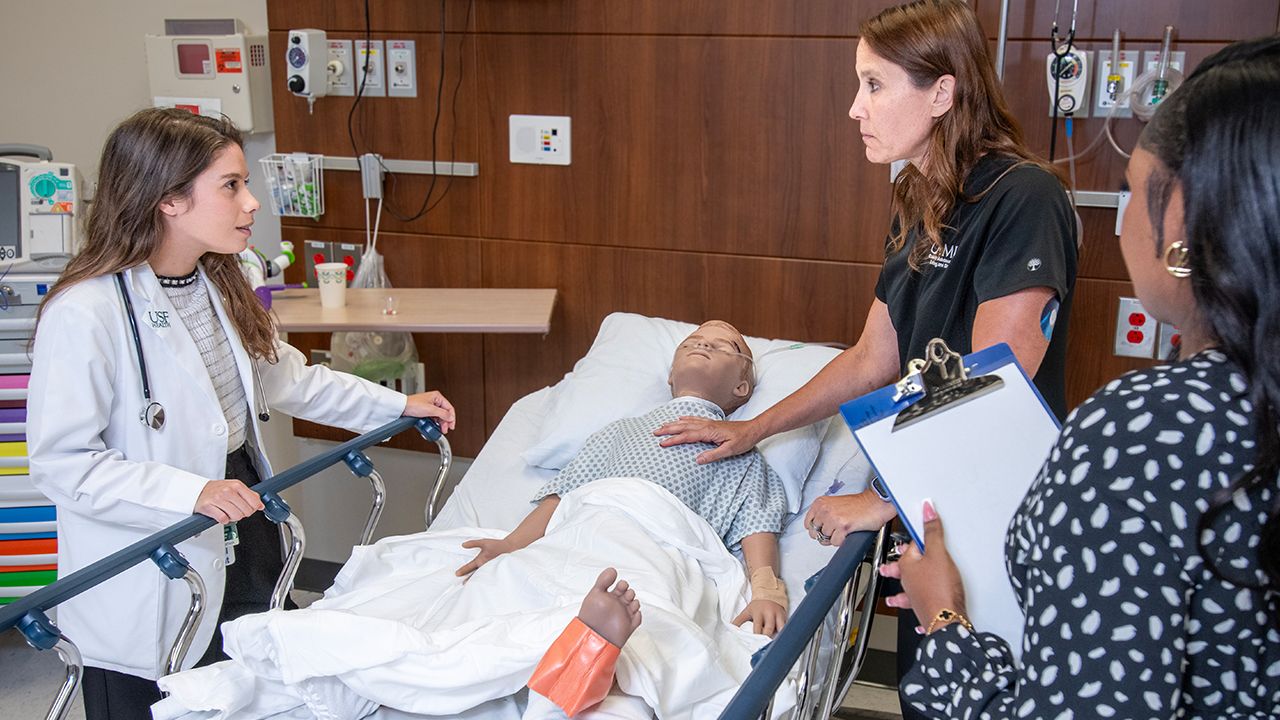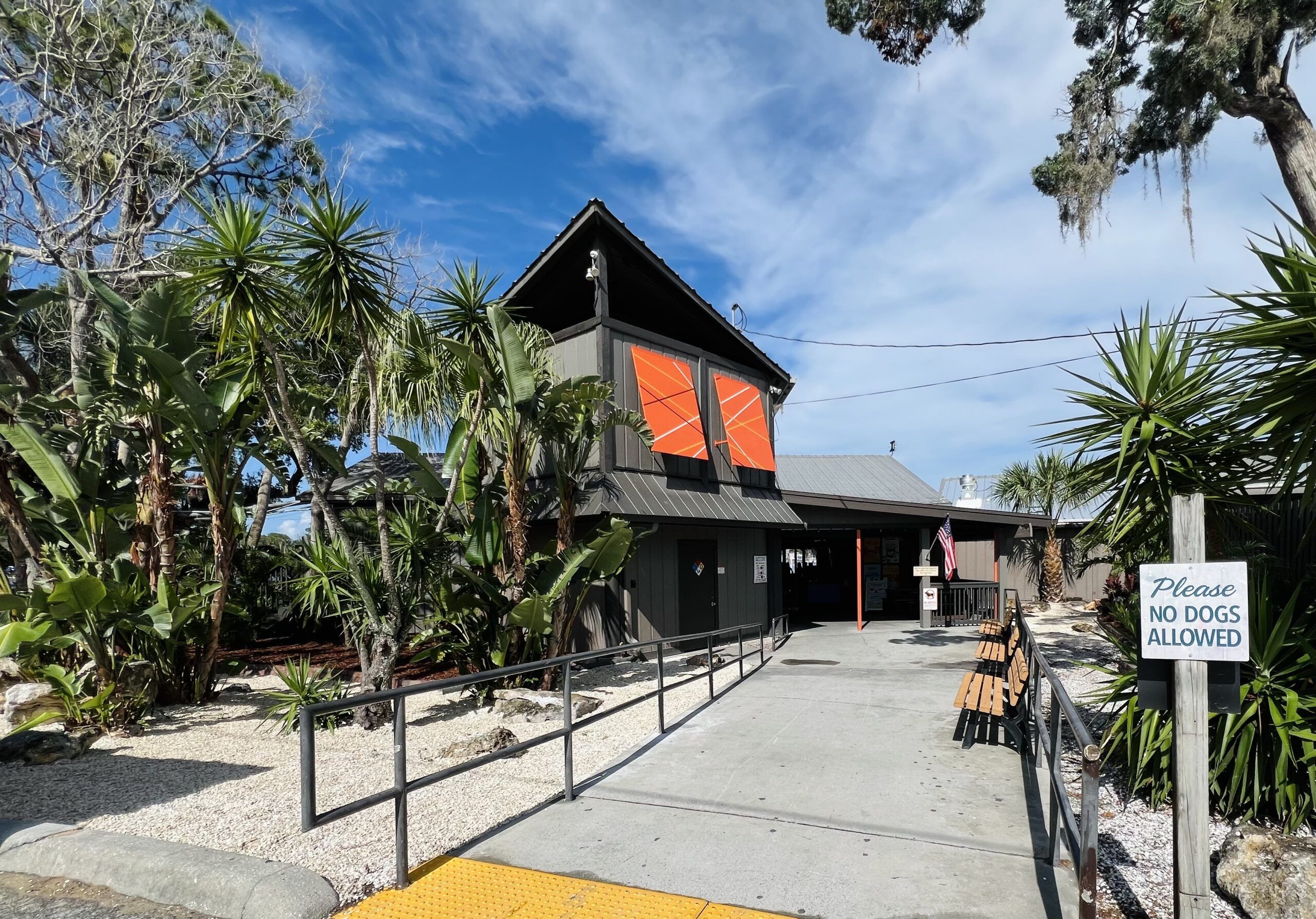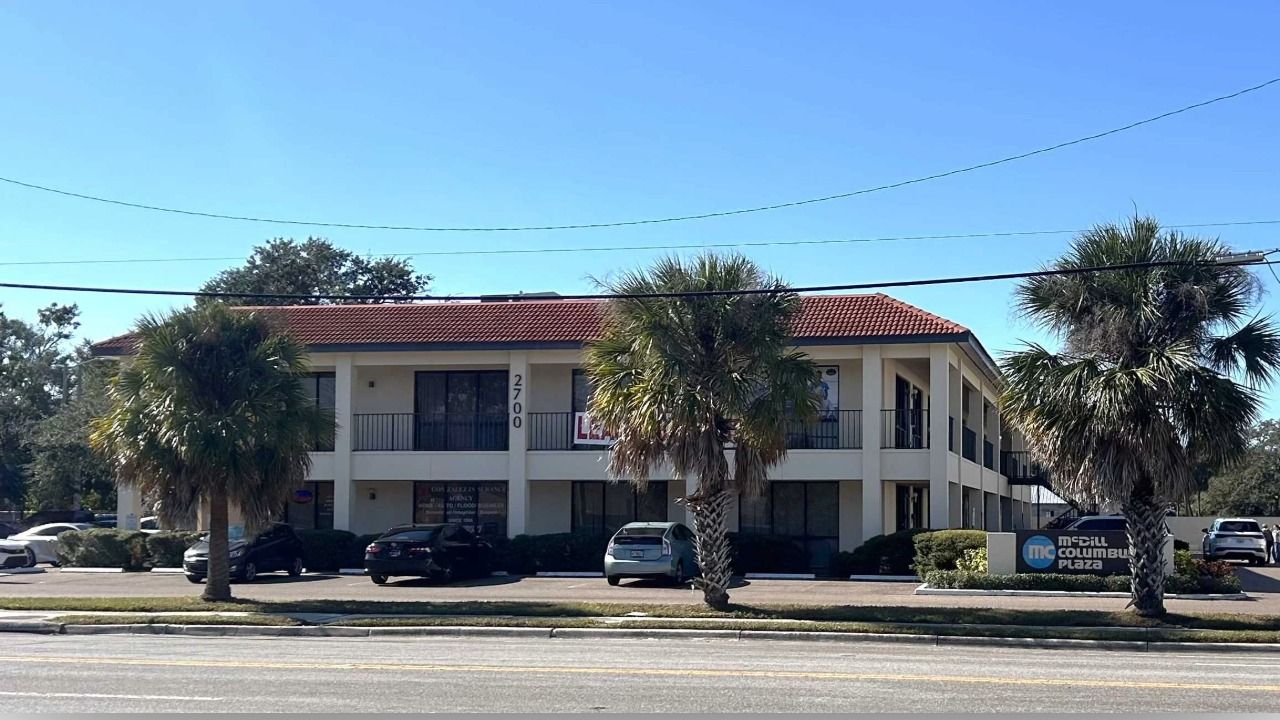Medical education has changed. Leif Penrose knows as much.
“[Medical] simulation has been around for a while now,” he says. “It’s not a new thing. Most schools have some level of simulation that they’re doing.”
As dean of health sciences at Hillsborough Community College, Penrose oversees the school’s four-story, 62,670-square-foot Allied Health Building, named for Tampa husband-wife physicians Kiran and Pallavi Patel. Having opened last September at HCC’s Dale Mabry campus in Tampa, the building features a simulated hospital, with patient-care rooms resembling hospital rooms, in an intensive care unit.
Compared to other facilities of its kind, it is unique in both size and scope. Each of its 12 simulation spaces is distinct from each other. There’s a birthing room, a psychiatric room, an emergency room and more.
Although these rooms provide the oxygen, suction, patient beds and all of the other usual equipment of a hospital room, there’s one key difference between these rooms and nonteaching rooms: enhanced communication. High-fidelity cameras, speakers and microphones allow instructors to both hear and communicate with students in the room. Behind one of the room’s walls, a one-way mirror enables coordinators to run the simulation and control the mannequins. The person controlling the mannequin manipulates it in response to interactions with it. These high-fidelity mannequins have pulses, opening and closing eyes, as well as fluctuating pulse rates and blood pressure levels. They simulate breathing too.
Of course, students have more room for error working with mannequins at the simulation center than with humans at the hospital. True to its mission, the simulation center prepares students for medical events that happen in real-world hospitals, before they actually happen.
For example, Penrose recalls a student working in a real-world emergency room with an assigned nurse. The student accurately predicted that his patient was about to undergo cardiac arrest. When the patient did, in fact, go into cardiac arrest, the student responded appropriately, thereby impressing hospital staff and ensuring that he would continue as a member of the team.
“Afterwards [hospital staff was] very surprised and asked him, ‘Why was it that you thought that was going to happen? What prior experience do you have that allowed you to help us as efficiently as you did?’ ” Penrose says. “And the student said, ‘I had this scenario at the school last week. And the patient was exhibiting the same signs that were exhibited during my simulation. And so that’s why I thought that’s what the patient was experiencing.’”
Graduates fill what Penrose calls an “acute shortage” of registered nurses in the area, thanks directly to a lack of clinical placement opportunities for regional nursing students.
Area hospitals such as AdventHealth, Tampa General Hospital, BayCare, Hospital Corporation of America and Moffitt Cancer Center “have come and toured and have just been blown away by how close we have gotten to simulating what they have at their hospitals,” Penrose says.
Dr. Louisana Louis, dean of the College of Nursing at St. Petersburg College, would agree.
Since it was built in 2006, St. Petersburg College’s Simulation Center for Excellence in Nursing Education (SCENE) has trained the school’s nursing students in a hands-on clinical setting. The SCENE has four rooms, two of which simulate a hospital’s intensive-care unit and emergency room. These rooms have medium- and high-fidelity simulators resembling everyone from infants to adults. Medium-fidelity simulators can have programmable heart sounds, lung sounds, bowel sounds, blood pressure and heart rhythms.
The SCENE’s other two rooms are used to prepare and debrief students.
As it turns out, the SCENE’s four rooms are a bit too well-used these days.
“There continues to be increasing competition from other nursing programs for time and space in the hospital,” Louis says. “The hospitals, in turn, are decreasing the number of students programs can bring into their facilities. Our simulation rooms are limited in capacity.”
In the fall semester of 2019, SPC College of Nursing had 651 students. The simulation rooms can fit only 12 students at once. Louis hopes for more rooms with more high-, mid- and low-fidelity simulators to accommodate additional students.
While it strives to provide as many clinical placement opportunities as possible, SPC also focuses on other important issues.
“We want to increase access to students who want to become nurses while developing and creating a more inclusive, equitable and diverse nursing population,” Louis says.
As medical education keeps evolving in 2020 and beyond, both St. Petersburg College and Hillsborough Community College will doubtlessly face more new challenges. In the meantime, both of these Bay area state colleges will continue to provide nursing students with the medical simulation training that they so desperately need. Tampa Bay residents will be all the better for it. ♦






